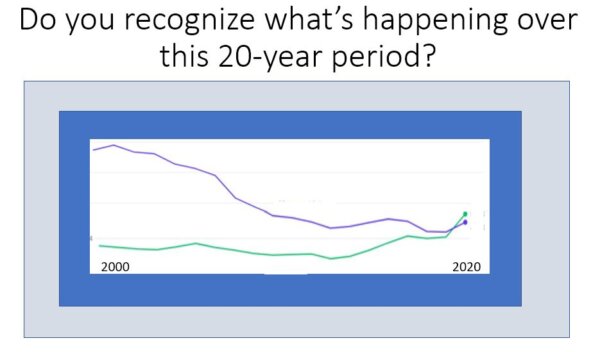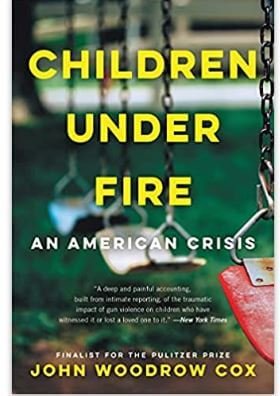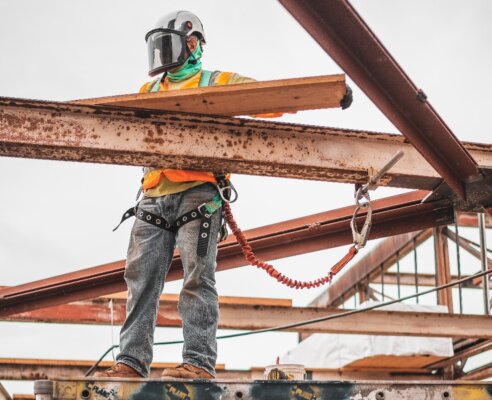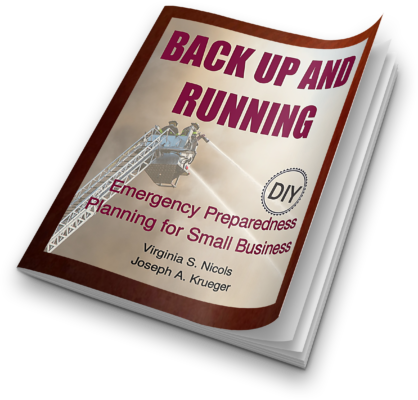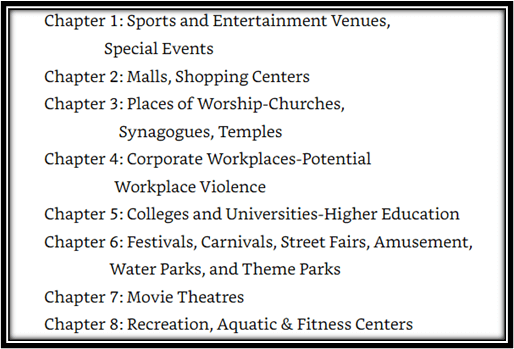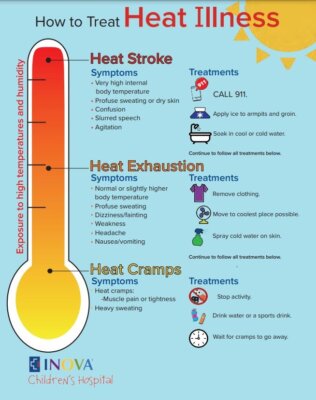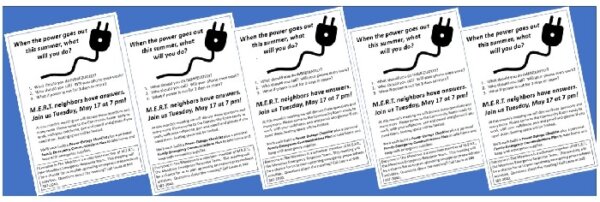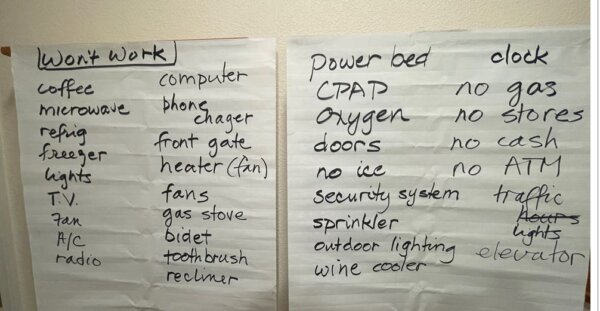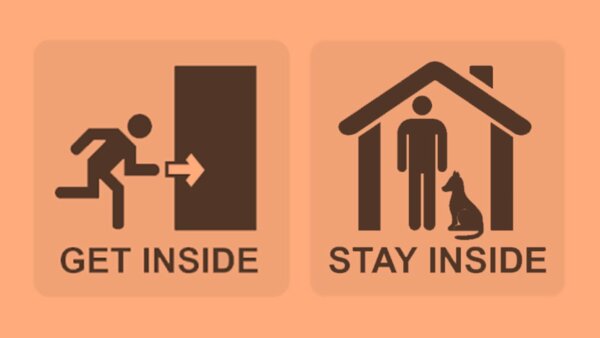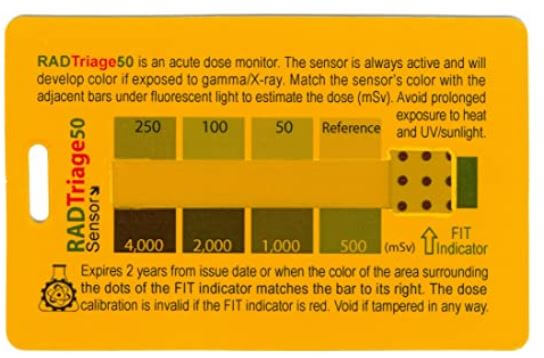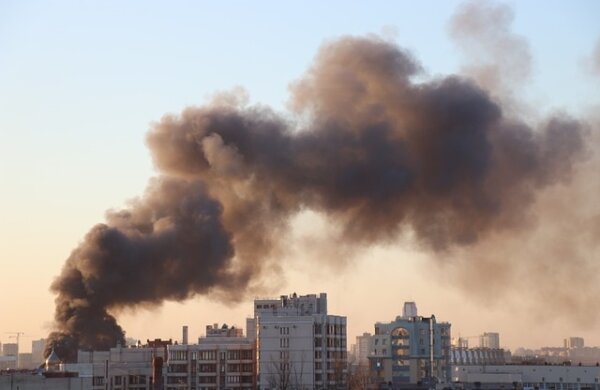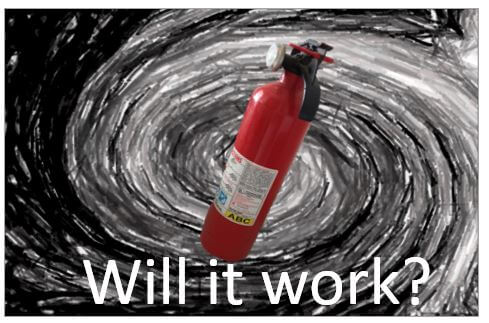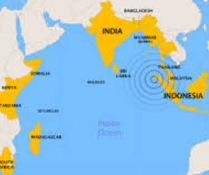Pretty much, yes. On the global stage, the answer is definitely yes. (I expect you knew that whether or not you’ve really considered the question before.) Today, we want to add a second question: What are you doing to improve your chances as a woman in an emergency?
Let’s take a look at some of what adds to a woman’s increased vulnerability. What of any of this fits you?
Sexism is alive and well.
Sexism and misogyny are in the news a lot lately. A whole lot. So it shouldn’t surprise you to realize that either or both play a role in keeping women more vulnerable in emergencies. Here’s a simple example of sexism at work, from my own life.
How are girls and women supposed to behave?
I had two older brothers and tagged behind them a lot. At one stage, I was quicker at running than they were. So I could actually score when we played football with their friends! But my MVP days came to an abrupt end at about age 12. Suddenly, it became clear I was growing up to be a girl.
Had I grown up in a different culture, I might never have been able to play ball with the boys in the first place. Instead, I might have been wearing clothing that kept me from running and kicking. I might have had responsibilities for younger siblings or for aging grandparents. In some cultures I might even have been facing marriage as my immediate future, instead of looking forward to college.
Now, these two short paragraphs are meant to describe extremes in childhood experiences. But the point is clear: growing up can be very different for women and men.
For a woman in an emergency, these cultural differences show up dramatically.
In New Orleans before Katrina, women and girls made up about 54% of the population. They had the primary responsibility of caring for family members including children, older people and people with disabilities. When the order to evacuate was given, 80% of the people left behind in New Orleans were women and girls who were unable to leave because of their caregiving responsibilities.
Do you know girls and women who have family obligations that would make evacuating more difficult and more dangerous? What “extra” steps should they be considering as they prepare for emergencies?
How do girls and women cope financially in emergencies?
The stereotype – and admittedly a stereotype – is that women look to be protected and men are expected to do the protecting. Historically, in the U.S., men owned everything so they naturally had to accept that responsibility. But even today, where ownership and responsibilities can be shared, the stereotype persists. Polls show that the public still looks to men for being the family’s financial support.
And the reality is, despite gains, women do still fall short financially. They continue to earn less, save less, and live longer.
So when emergencies hit, women generally have fewer financial resources with which to respond and recover.
Given these disadvantages, what can women do to improve their chances?
First and foremost, take on the responsibility for yourself!
I’ve written frequently about my senior community, which, as you might expect, is made up primarily of women. And I’ve been known to complain, from time to time, about the men who say, “Quit scaring the little old ladies!” as well as the women (and men) who say, “I’m just waiting for the firemen to come save me.” (Yes, I know. “Firemen” and not “firefighters.”) These comments reinforce some of the stereotypes I’ve discussed above!
Let’s assume you that aren’t one of the “little old ladies.”
Or maybe you are older but aren’t scared by thinking about preparedness. Maybe you have girls and young women in your world and want to help them break through stereotypes or peer pressures that are limiting their thinking.
Step one is to realize that as a woman in an emergency, you’re responsible for yourself.
Step Two is to develop more confidence about being able to take care of yourself in an emergency.
Just about everything we write about here at Emergency Plan Guide is aimed at this process! Many of the ideas are simple. Here are a few, with links to more resources. They should be familiar to you.
- Get strong. Run, climb and play ball when you have the chance! Bike, swim and walk. Get strong. Stay strong – so you’ll be a lot more able to respond when necessary. (This is particularly important for older people.)
- Expand your horizons! Learn more about what threats you could face. They could be financial. Or political. Maybe weather-related or climate related. You don’t have to worry about everything; focus on the top 5 or 6 that are most likely to impact you. (I have a list of 97 different possible emergencies. Let me know if you want a copy to go over with your family or group.)
- Get informed. What can you do to prepare for the most likely emergencies? Read a book about hurricanes or earthquakes or wildfires. Watch a couple of videos online. Talk to experts in your community.
- Finally, take action! You may want to make some sort of “Preparedness Calendar” and mark down one goal per week or per month. These are the kinds of things you could add to your calendar:
- Pack a go-bag and learn about evacuation routes if you could be threatened by fire or flood.
- Make plans to improve your home to withstand storms or winds or earthquake.
- Go camping and learn to light a fire and cook outdoors.
- Sign up for a course in home repair from The Home Depot, or first aid from the Red Cross, or take the full Community Emergency Response Team (CERT) training from your city.
- Really enthusiastic about outdoor survival? Attend a commercial survival school! (Due diligence is called for. I looked up a half-dozen such schools for women online, to get an idea of prices, curricula, etc. Unfortunately, 2 of the 6 sites got “caught” by my antivirus software as being compromised.)
There are so many interesting and fun things you can do by yourself or with other women or girls! Practice your leadership skills and and turn activities into “events” that will have a real impact on everyone’s competence, and confidence.
And a few final words about becoming a victim of human violence.
In a widespread disaster.
So here’s the reality. In emergencies, women can become targets. First, as mentioned, women may not be able to escape a disaster if they have children or family members to care for.
When women end up in disaster shelters or other temporary living situations, they can become targets for theft, coercion or sexual abuse.
Of course, you can’t avoid every emergency, and certainly not a wide-spread disaster. But the stronger you are physically, the more competent you appear and the more self-confidence you convey, the less chance you’ll have of being taken advantage of.
On a daily basis.
Develop better habits for personal safety, particularly if you live alone.
- Do you carry a bulky open purse that could be grabbed, or do you use a cross-body purse that’s not likely to go missing?
- At home, are you conscientious about keeping doors and windows locked? Have you set up timer lights and motion-activated lights to discourage unwelcome visitors?
- Where do you keep your jewelry or money? Right there on top of your dresser or in your underwear drawer where every thief expects them to be? Get creative about hiding valuables!
- When you’re driving, do you know where you’re going? Do you know where you’ll be parking? Is your gas tank at least ½ full all the time?
- Have you considered carrying a whistle or pepper spray to discourage unwanted attention? What about a course in self-defense?
Examine your current level of confidence. What you can do right NOW to give it a boost?
I’ve crammed at least two dozen “action items” into this Advisory, hoping that one or two would strike a chord with you. Perfect would be if you responded with something like . . .“Virginia, I have always wanted to learn to do this! Thanks for the push!”
And of course, if you are already familiar with everything mentioned here, perhaps you can figure out a way to share or teach a survival strength to someone else – particularly a girl or woman. Teaching is absolutely the best way to improve both competence AND confidence for both teacher4 and student!
Virginia
Your Emergency Plan Guide team
P.S. Let us know if you have a story of your own that helps make the point about the difference between being a man in an emergency and being a woman.



